

Why did the board put the question back on the ballot?
After much deliberation, the Board determined that the best path forward is to put the same referendum question from November 8th back on the ballot on April 4th. The primary reasons are:
What projects are planned at each school?
H.C. Storm School and Louise White School will be rebuilt on site, and each of our other six schools will undergo significant improvements. The full extent of school improvements is contingent upon economics, particularly bond interest rates, inflation, and construction costs.
What are the financial implications of this referendum?
Currently, the District pays $9.1 million annually for current bond debt (approximately 10% of school property taxes). If the referendum passes, the amount of that annual debt payment and the taxes collected for it would remain level. If the referendum fails, taxes will go down. For additional information, check the “Why it Matters” section for a one-page document on the Financial Implications.
Why are H.C Storm and Louise White Schools being rebuilt rather than renovated?
It is more cost-effective to rebuild, rather than renovate, these schools. The extent of renovations required to modernize these schools also triggers compliance with modern building codes (including fire sprinklers, handicap accessibility, and tornado shelters) and exceeds replacement costs. Additionally, students would remain in their current school during construction.
Why are the schools in need of these improvements? Weren’t they better maintained?
For nearly forty years, school facility improvements were primarily focused on building additions to accommodate Batavia’s rapid population growth. In fact, Batavia High School has undergone 10 additions since it was built in 1966. In almost every instance, funding was insufficient to meet the aging infrastructure needs. Furthermore, the Great Recession necessitated program cuts, salary freezes, layoffs, and deferment of important maintenance capital projects — creating profound long-term financial implications. The District has only recently re-established its financial footing, enabling it to now allocate over $2 million annually (and increasing) for capital projects from operating funds.
How was the master plan determined?
For five years (2017-2021), teams of staff, citizens, and architects worked to develop a comprehensive master facilities plan through our Building Our Future Together initiative. In doing so, they considered enrollment projections, current and future educational programming needs, building conditions, community input, and the future of education.
After the master plan was completed, another team of citizens engaged the community further to discern how the identified projects might be funded. Focus groups and surveys were conducted to identify community priorities and concerns. This feedback culminated in the referendum proposal from the Board of Education on the November 2022 election ballot.
The Board of Education will place a referendum question on the April 4th ballot.
“Shall the Board of Education of Batavia Community Unit School District Number 101, Kane County, Illinois, be authorized to build and equip a new H.C. Storm School and a new Louise White School and demolish the existing buildings, and alter, repair, equip and improve its other school facilities, including but not limited to installing student safety and security enhancements and improving roofs, floors, windows, HVAC, electrical and plumbing systems, and improve the sites thereof, and issue its bonds to the amount of $140,000,000 for the purpose of paying the costs thereof?”
If it passes, it will allow the Board of Education to issue up to $140 million in school building bonds to coincide with the retirement of its existing debt. This would have generated funding for capital improvements without increasing the bond and interest property tax levy.
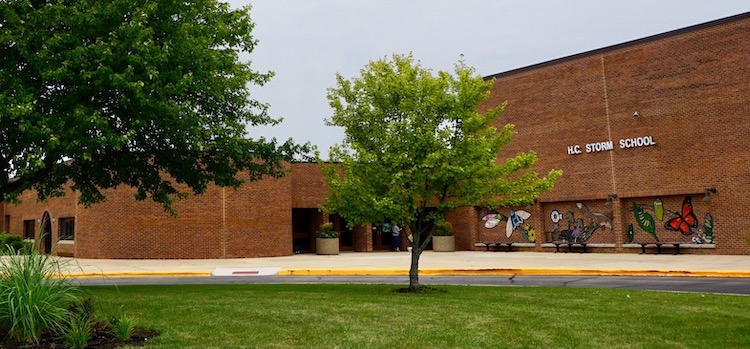

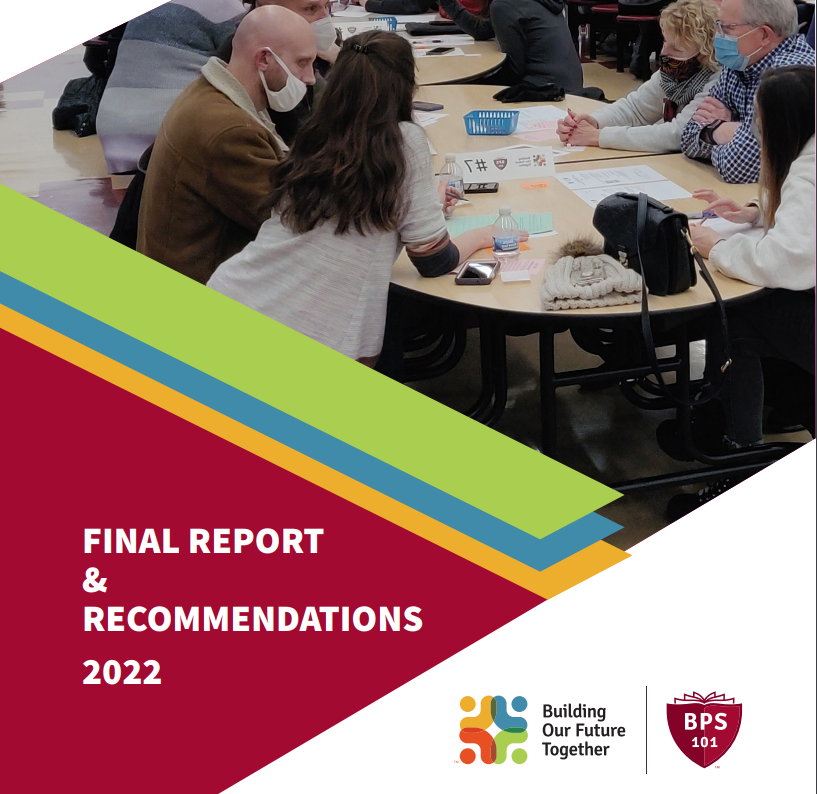

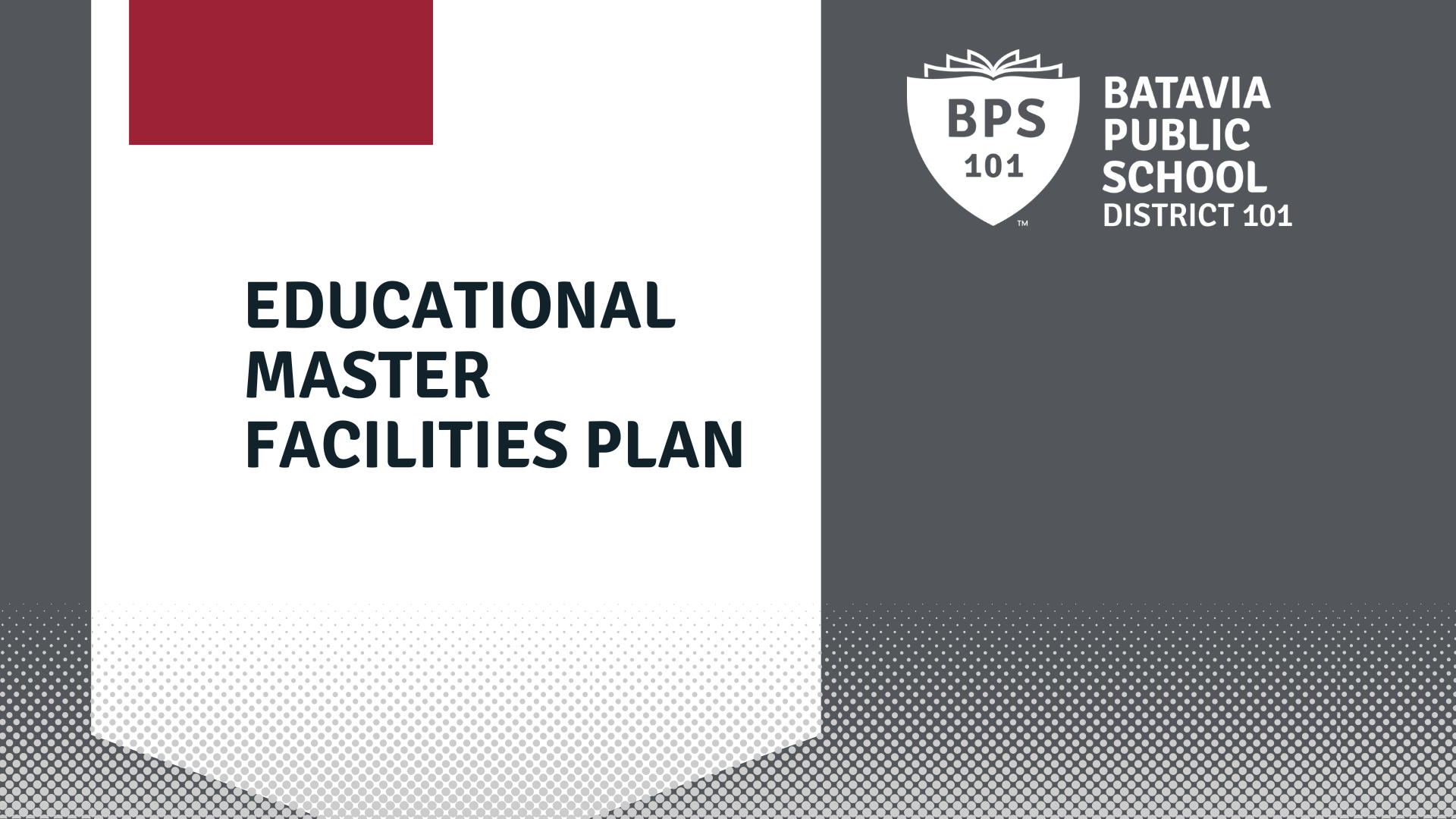

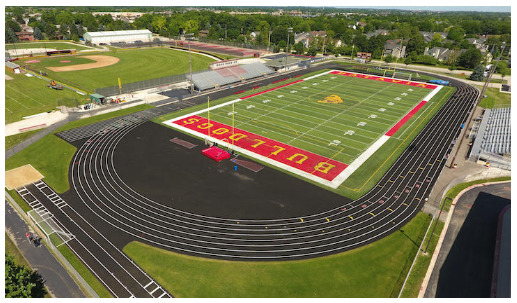
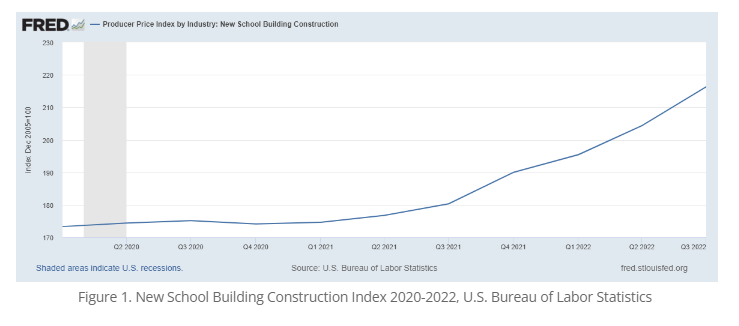

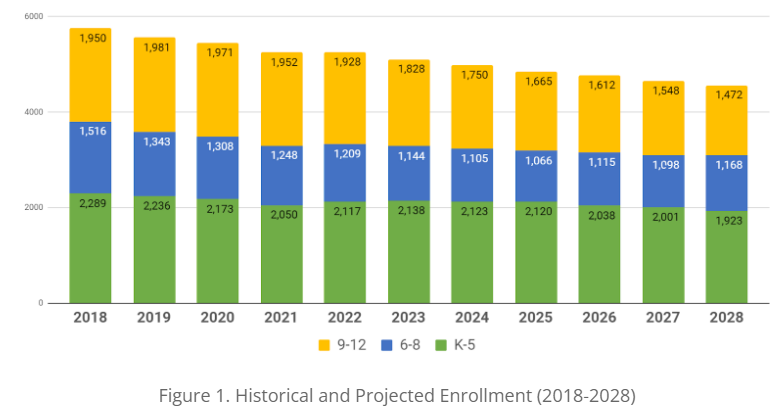
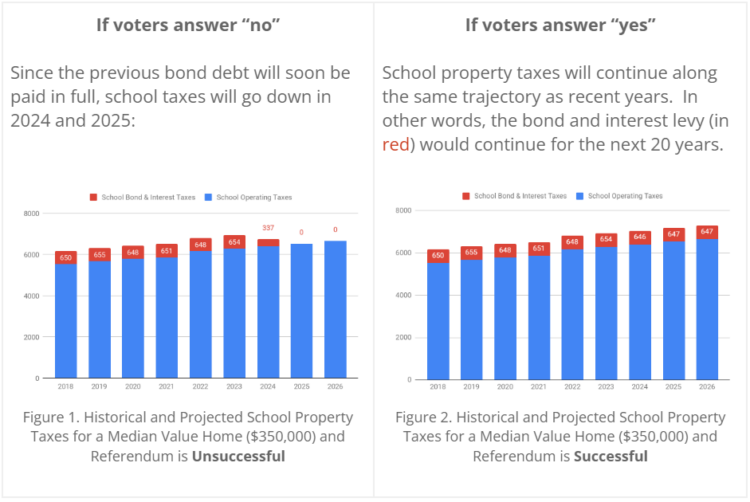
Making Sense of Tax Implications